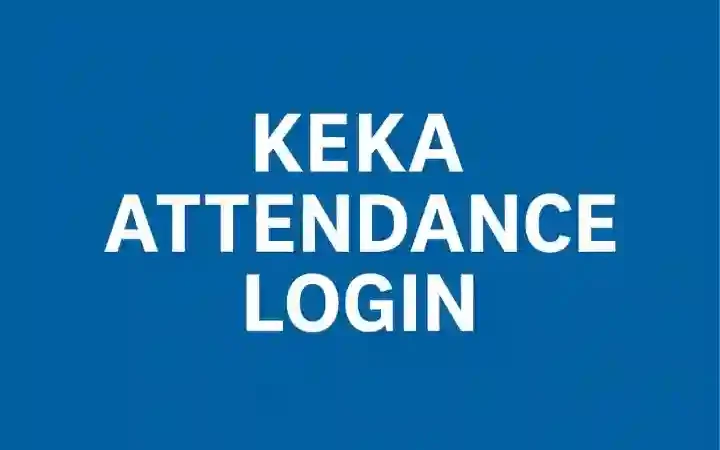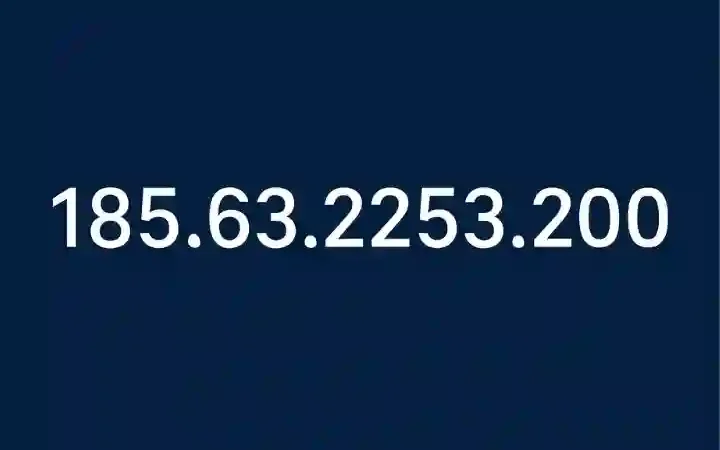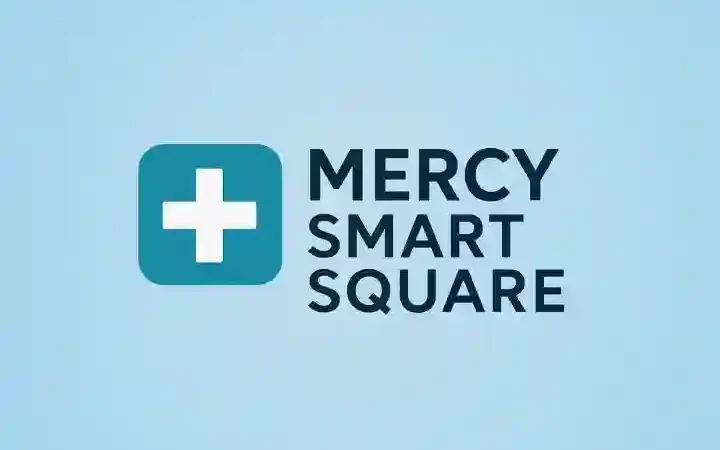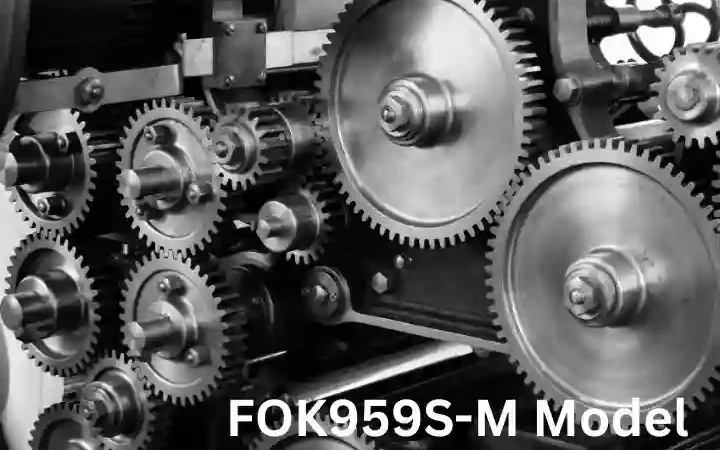Comparing Tesla’s Driving Technologies: Autopilot vs Full Self-Driving
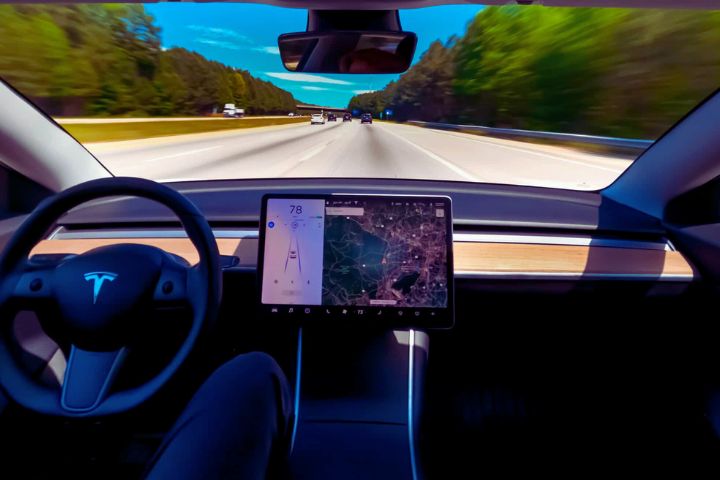
Autopilot vs Full Self Driving: Tesla is a leader in electric vehicles, pioneering advanced driver assistance systems like Autopilot and Full Self Driving. However, there often needs to be more clarity about what these terms mean and what capabilities each system provides. Here, we will explain the differences between Tesla’s Autopilot and Full Self Driving systems, focusing on functionality, requirements, and costs. It will address this topic through properly researched facts while avoiding complex language.
Table of Contents
What Comes Standard?
As standard, every Tesla vehicle comes equipped with basic active safety features that assist the driver but do not replace them. Some key features include automatic emergency braking, forward collision warning, blind spot monitoring, and lane departure avoidance. These are designed to alert drivers to potential collisions and help avoid accidents, but the driver must always remain fully in control of the vehicle. It is worth noting that the Autopilot hardware enables many of these standard safety features.
Understanding Autopilot
Autopilot is more than its standard safety features – it allows for more autonomous driving capabilities through additional functions like traffic-aware cruise control and autosteer. Autopilot allows the vehicle to adjust its speed based on traffic conditions and steer itself to stay centred in its lane when enabled on suitable roads. However, the driver must remain vigilant and keep their hands on the wheel, as Autopilot does not make the vehicle fully self-driving. Its capabilities include following visible lane lines and maintaining distance from other vehicles under ordinary driving conditions. Despite its name, Autopilot still requires direct human supervision while operating.
Full Self-Driving: Advanced But Not Autonomous.
Full Self-Driving, or FSD, represents Tesla’s most sophisticated driver assistance package. It enables additional features like automatically changing lanes, parking itself, and summoning the vehicle from a parking space. The beta version also allows for recognizing traffic lights and stop signs. However, FSD still requires an attentive human driver who is always ready to take control. While future versions aim for full autonomous capability on city streets, the current systems still need to replace the need for a licensed driver focused on the road. FSD expands Assisted Driving functions but does not achieve Level 5 autonomy.
Cost Considerations
The Active Safety features that come as standard are included in the purchase price of all Tesla vehicles. The basic Autopilot functionality is standard on newer models, but maybe a $2000 option for older vehicles. Meanwhile, FSD features require an additional purchase of $7000 at the time of order. While this system can be added later through a software update, it will cost $7000. Tesla claims prices will likely increase over time as more capabilities are developed. So, for drivers seeking the most advanced assistance currently available, purchasing FSD upfront provides the most value. However, the standard features may fulfil the basic needs of many drivers.
Recap of Autopilot vs Full Self-Driving Systems Differences
After comparing Autopilot and Full Self Driving systems, it is found that Tesla’s Autopilot and FSD options enhance driving convenience, but neither achieve complete self-driving. Autopilot builds upon collision avoidance with functions like adaptive cruise control and lane centring while requiring continuous driver supervision. FSD incorporates autonomous capabilities like automatic lane changes, summon, and future traffic light/stop sign controls in beta. However, drivers must remain engaged with the driving task and control the vehicle under both systems.
Conclusion
While terms like “Autopilot” and “Full Self-Driving” may evoke a sense of full vehicle autonomy, the actual capabilities of Tesla’s advanced driver-aid systems were explained to show they still require an engaged human driver. While driver assistance systems offer growing convenience, descriptions like “Autopilot” require careful interpretation. Drivers need competence and focus to benefit from semi-automated functions safely. Continuous innovation promises greater vehicle independence over time, but current technologies still need responsible human oversight. Clear communication of limitations and potentials can nurture familiarity, facilitating socially equitable progress.
Also read : Yahoo Customer Service Number

